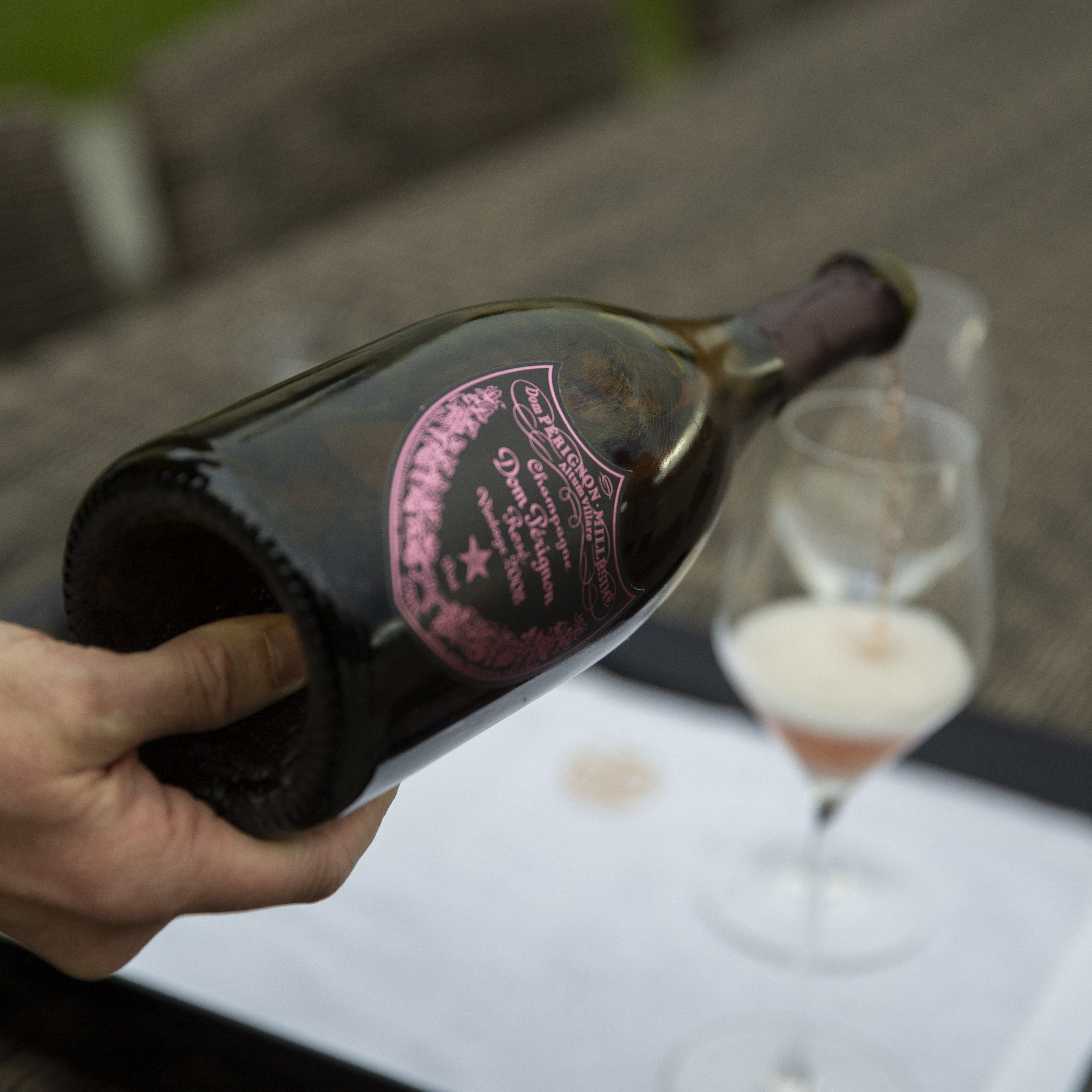Private jet travel is all about control
While the flight crew is in charge of flying the aircraft, in almost every other respect, it’s the traveller who’s in control on a private jet flight.
Most of our customers choose private aviation because it offers more flexibility and saves considerable time, compared to airline travel. You board when you want to and can arrive at the airport just 15 minutes before takeoff.
As the traveller, you also have control of the times of departure and which airports you use – with access to 10 times more airports than airline flights.
And when it comes to aircraft, the traveller can choose what best suits their needs, based on speed; cost-efficiency; size; range; or any other criteria they want to use.
But there are also other ways that the private jet passenger can take control of their travel experience.

The point of private jet travel is to make a journey as efficient and comfortable as possible – for the individual traveller. Maximising their efficiency, health and well-being – and avoiding wasted time.
Here are just 5 ways the passenger, can control their flight experience, when travelling by private jet.
Eat healthy, fly healthy
Airline food is not known for its gastronomic qualities. And while some airlines make a decent job of mass catering, the passenger is usually limited to very few options and pre-heated, pre-packed dishes. And on most low cost carriers, you can now only purchase snacks and fast food-style options at an extra cost.
Eating well – whatever that means to you – is a big part of wellbeing and comfort. And when you fly by private aviation, what you eat depends entirely on you. This can vary from simple coffee to a multi-course hot meal, prepared onboard.

Specialist catering companies recruit highly-skilled chefs to create high quality dining, tailored to give the best possible eating experience at altitude. But it is also possible to order food from a particular restaurant, which can be delivered to your aircraft and served en route.
Find out more: What can I eat and drink onboard a private jet?
And if you have certain dietary restrictions or requirements these can be taken into account. Once we flew a group of 30 athletes on a long haul flight, and they each wanted something different to eat. We cater for all sorts of bespoke food preferences.
Many of our customers take their wellbeing onboard the flight very seriously, so we do all we can to help them fly healthy. For some, a 7.00am flight doesn’t mean having to eat an unhealthy breakfast. Or drop their exercise regime – we have installed a yoga mat and even an exercise bike on a long range jet!
Make yourself at home
More space, and more personal space, are compelling attractions to those who fly in a private aircraft.
Being able to walk through the cabin, and stretch your body freely make flying a positive pleasure, rather than a chore.
While some passengers choose the most cost-effective aircraft to reach their final destination, others are more selective about the size of the aircraft, its cabin configuration and features.
Private jet cabins are equipped with high-definition audiovisual equipment, which can be used for entertainment or for business.
Longer flights can be challenging without a comfortable place to sleep. That’s why most long range private jets, and some medium jets, have seating that converts to fully-flat beds.
Read more: Which private jets have flat beds?

One of our customers opts to travel in a Global 6000 because he appreciates the position of the screens when the seats are converted into beds. This allows him to rest in an ideal position, to avoid back pain. He would not consider flying in a different aircraft now for that reason.
Neither too hot, not too cold
On an airline flight, the crew can choose and adjust the temperature. The passenger’s control is limited to the small airflow fan placed over their head.
It’s impossible to please the many rows of passengers on an airline, and the temperature can also vary in different parts of the cabin. So some passengers will find themselves too warm, others too cold.
Yet a comfortable cabin temperature is a key point of comfort and wellbeing, especially during long-haul flights, such as transatlantic private jet flights.

To prevent sore throats or broken sleep, the passenger can choose and easily adjust the temperature of the cabin in a private jet.
So you can ensure the temperature is set to your own comfort level.
Ease the pressure
All aircraft cabins must be pressurised, to maintain oxygen levels and prevent too much variation in pressure during the flight.
However, the atmospheric pressure in flight is generally lower than the actual altitude. It generally equates to an altitude of between 6,000 to 8,000 feet above sea level, when the aircraft is flying above this in its cruising phase.
When the atmospheric pressure is lower than altitude, the rate of oxygen in the blood decreases and the volume of gas in the body increases. These changes do not pose a danger to people who have no health problem – although they can result in minor discomforts on a long flight, such as swollen feet or increased tiredness. However passengers with respiratory diseases or cardiovascular problems can develop more serious problems, if they are not carefully monitored.
Some manufacturers of private jets have now developed more controlled cabins, to allow all passengers to fly safely and avoid the discomfort or risks associated with pressure changes.

The Gulfstream G650 can hold cabin pressure equivalent to 2,800 feet while cruising at up to 41,000 feet. At the aircraft’s maximum altitude of 51,000 feet, the cabin pressure climbs only to 4,850 feet. So this leaves the passengers feeling more rested and with fewer of the discomforts of a long flight when they land.
Let there be light
The light setting on a private jet is not limited to the shutters on the windows.
Tinted windows, larger windows and skylights in the cabin ceiling – private jet manufacturers continue to improve both the cabin’s natural and artificial lighting in innovative ways.
Some customers have very specific requirements regarding the size of the windows or even their position, relative to the seating or beds in the cabin.
For now, the aircraft with the widest windows is the Gulfstream G650. Gulfstream is well-known for its iconic oval windows that let in more natural light.
But in terms of brightness, the US company could soon be rivalled by Dassault and its Falcon 5X – the new aircraft has a skylight-style window above the entrance to the cabin, to flood it with natural light.
And for those who prefer more subdued lighting, the HondaJet will be fitted with tinted windows, that automatically adjust to maintain a steady brightness.

The next time you fly, don’t hesitate to ask advice from our Flight Team.
Whatever your personal requirements, they will advise on most suitable aircraft for you.
For pricing and personalised advice for your next flight, contact us (24 hours) on +44 1747 642 777.
Related content

How much luggage can I take on a private jet?

Our latest exclusive Jet Card event at Dom Pérignon Maison



